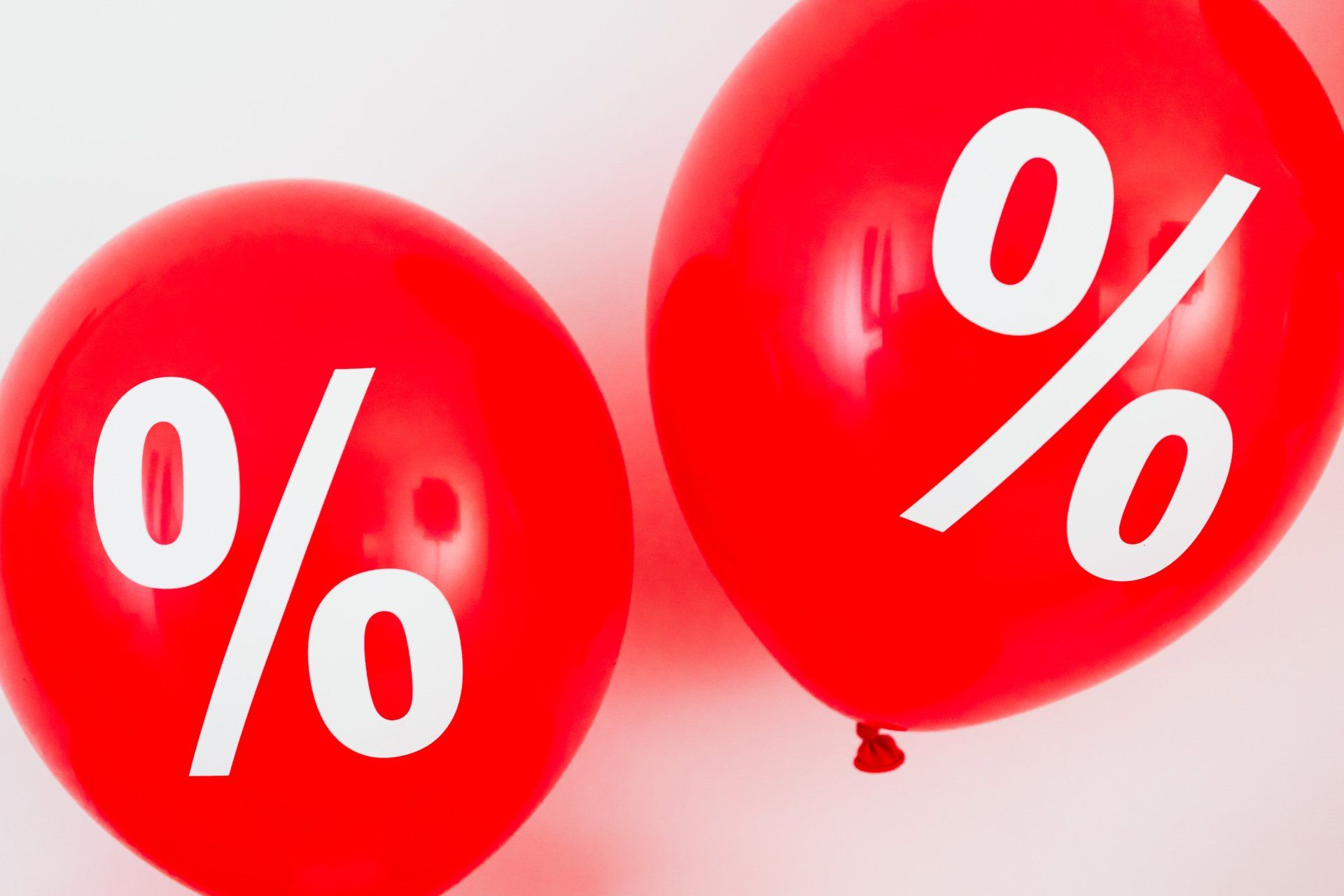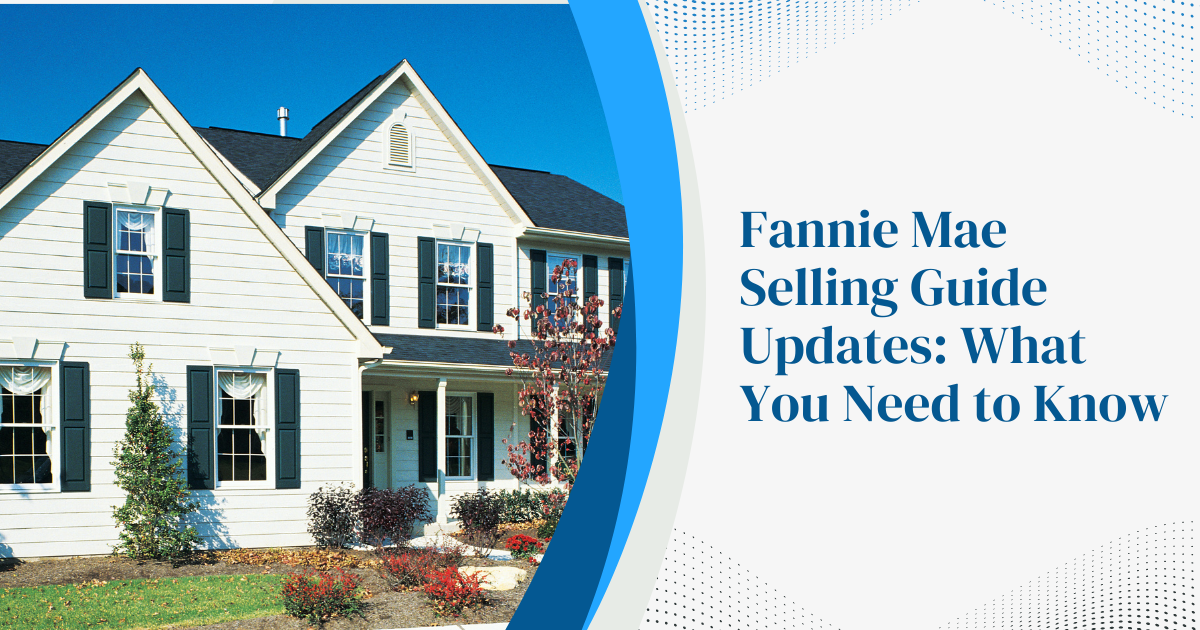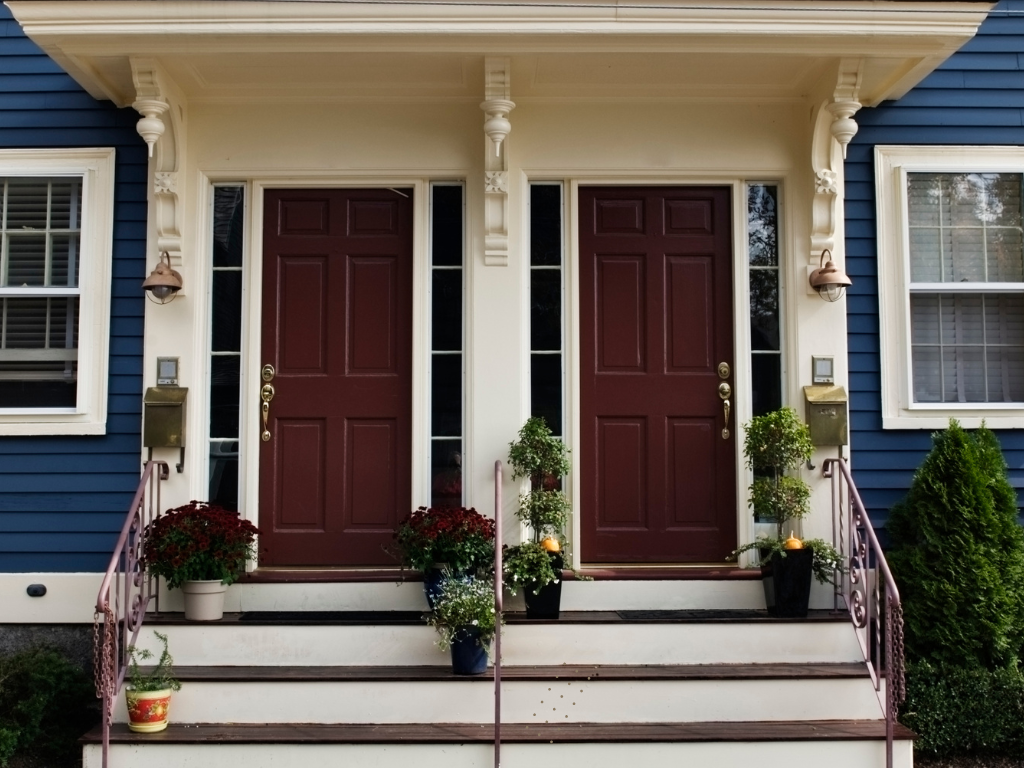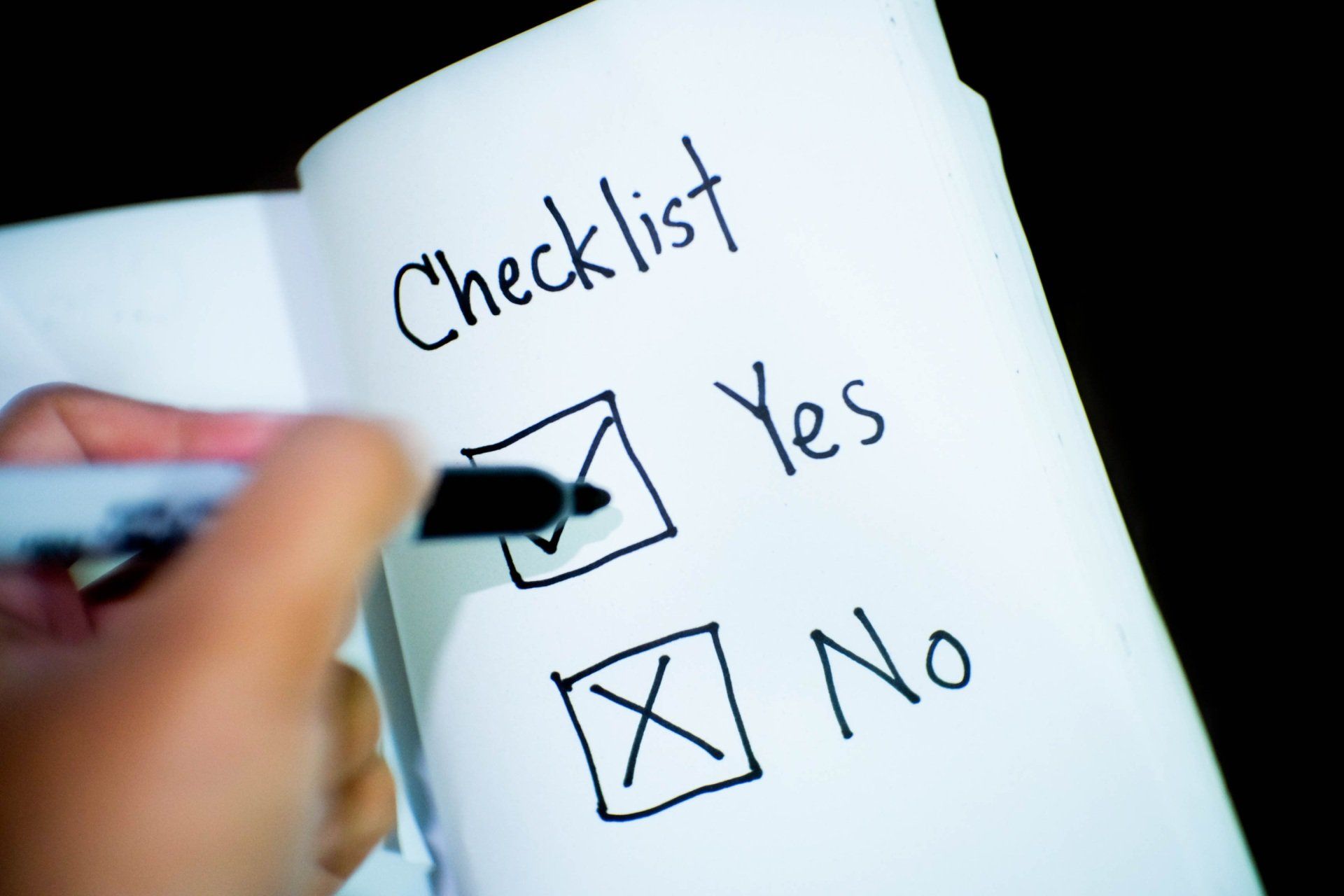What Is Mortgage Insurance?
How It Works, When It’s Required
Original Source: nerdwallet.com
Mortgage insurance protects the lender. You’ll have to pay for it if you get an FHA mortgage or put down less than 20% on a conventional loan.

The traditional target for a home down payment is 20% of the purchase price, but that’s out of reach for many buyers.
Mortgage insurance makes it possible to hand over a much smaller down payment and still qualify for a home loan. It protects the lender in case you default on the loan.
With a conventional mortgage — a home loan that isn’t federally guaranteed or insured — a lender will require you to pay for private mortgage insurance, or PMI, if you put less than 20% down.
With an FHA mortgage, backed by the U.S. Federal Housing Administration, you’ll pay for mortgage insurance regardless of the down payment amount.
USDA mortgages, backed by the U.S. Department of Agriculture, and VA mortgages, backed by the U.S. Department of Veterans Affairs, don't require mortgage insurance. But they do have fees to protect lenders in case borrowers default. So you'll still face an extra cost with these home loans in exchange for the low down payment requirement.
» MORE: What is PMI?
How does mortgage insurance work?
You bear the cost of mortgage insurance, but it covers the lender. Mortgage insurance pays the lender a portion of the principal in the event you stop making mortgage payments. Meanwhile, you’re still on the hook for the loan if you can’t pay, and you could lose the home in foreclosure if you fall too far behind.
This is different from mortgage life insurance, which pays off the remaining mortgage if the borrower dies, or mortgage disability insurance, which eliminates the mortgage if the borrower becomes disabled.
PMI vs. MIP and other fees
Mortgage insurance works a little differently depending on the type of home loan. Here’s what you need to know for conventional and government-backed mortgages.
PMI for conventional mortgages
Many lenders offer conventional mortgages with low down payment requirements — some as low as 3%. A lender likely will require you to pay for private mortgage insurance, or PMI, if your down payment is less than 20%.
Before buying a home, you can use a PMI calculator to estimate the cost of PMI, which will vary according to the size of your home loan, credit score and other factors. Typically, the monthly PMI premium is included in your mortgage payment. You can ask to cancel PMI after you have over 20% equity in your home.
» MORE: Calculate your PMI costs
FHA mortgage insurance premium (MIP)
FHA loans feature minimum down payments as low as 3.5% and have easier credit qualifications than with conventional loans. Most FHA home loans require an upfront mortgage insurance premium and an annual premium, regardless of the down payment amount. The upfront premium is 1.75% of the loan amount, and the annual premium ranges from 0.45% to 1.05% of the average outstanding balance of the loan for that year.
You pay the annual mortgage insurance premium, or MIP, in monthly installments for the life of the FHA loan if you put down less than 10%. If you put down over 10%, you pay MIP for 11 years.
» MORE: Is an FHA loan right for you?
USDA guarantee fee
USDA loans are zero-down-payment loans for rural home buyers. Some USDA loans charge two fees: an upfront guarantee fee you pay once and an annual fee you pay every year for the life of the loan. The 2019 upfront guarantee fee is 1% of the loan amount. The annual fee is 0.35% of the average outstanding loan balance for the year, which is divided into monthly installments and included in your mortgage payment. The federal government evaluates the fees each fiscal year and can change them. But your fee amount will not fluctuate; it is fixed when the loan closes.
» MORE: Is a USDA loan right for you?
VA funding fee
VA mortgages require no down payments and feature low interest rates for active, disabled or retired military service members, certain National Guard members and reservists, and eligible surviving spouses. They don’t require mortgage insurance, but most borrowers will pay a "funding fee" ranging from 1.4% to 3.6% of the loan amount for purchase loans. The fee amount varies based on your down payment amount and whether this is your first VA loan.
» MORE: Is a VA loan right for you?
How to avoid mortgage insurance
Some state first-time home buyer programs offer low-down payment mortgages with no or reduced mortgage insurance requirements.
But generally you’ll need to get a conventional mortgage and put at least 20% down toward a home to avoid mortgage insurance.
If that’s not possible, then budget in the cost of mortgage insurance or VA or USDA fees when calculating how much home you can afford.
Subscribe to our blog and stay up to date about changes in the market that effect buyers. Or contact us to learn more about mortgage processing services.













